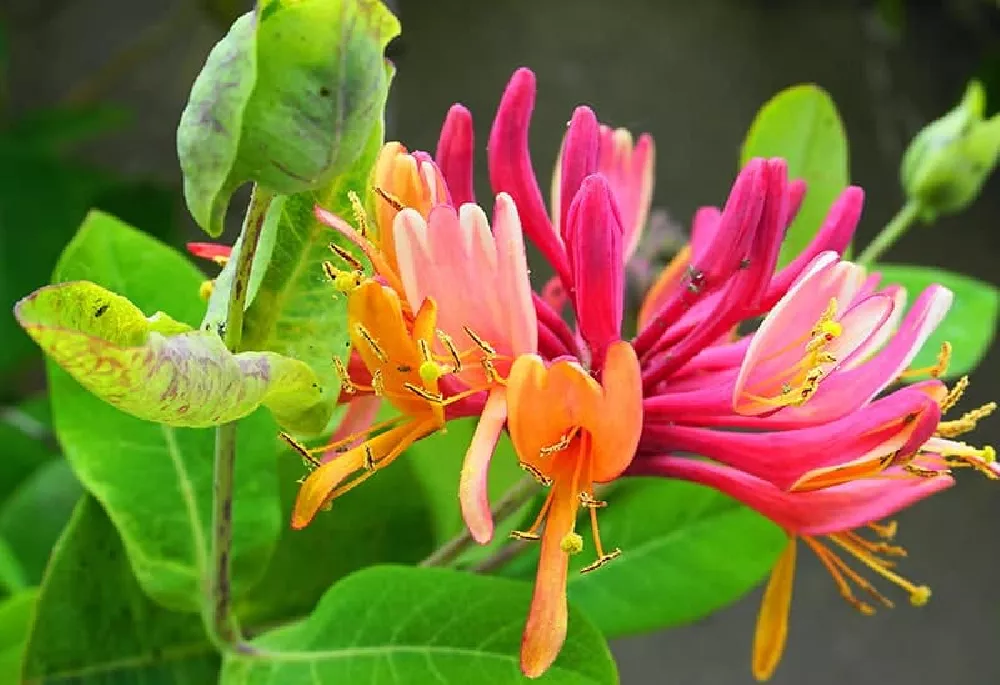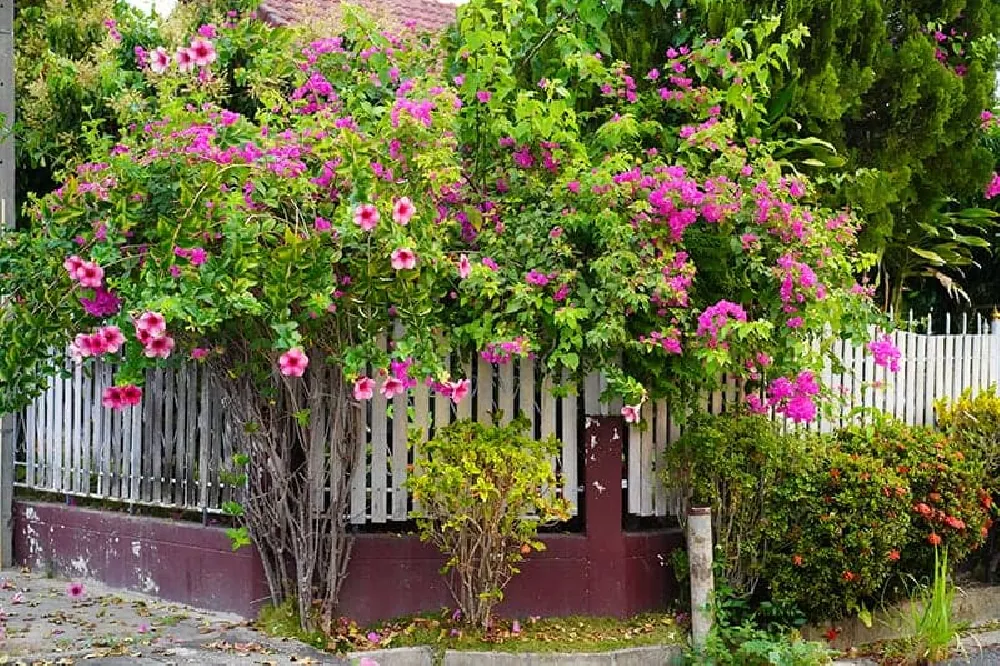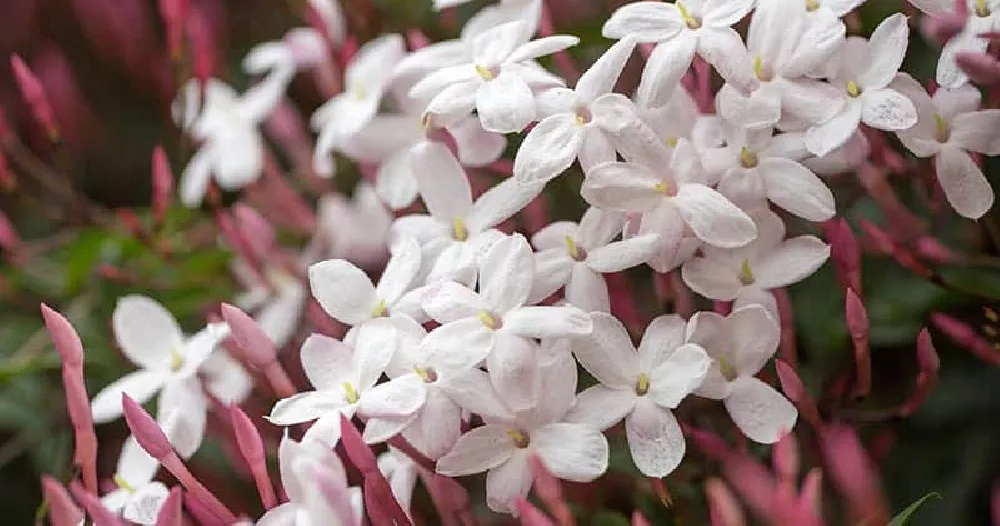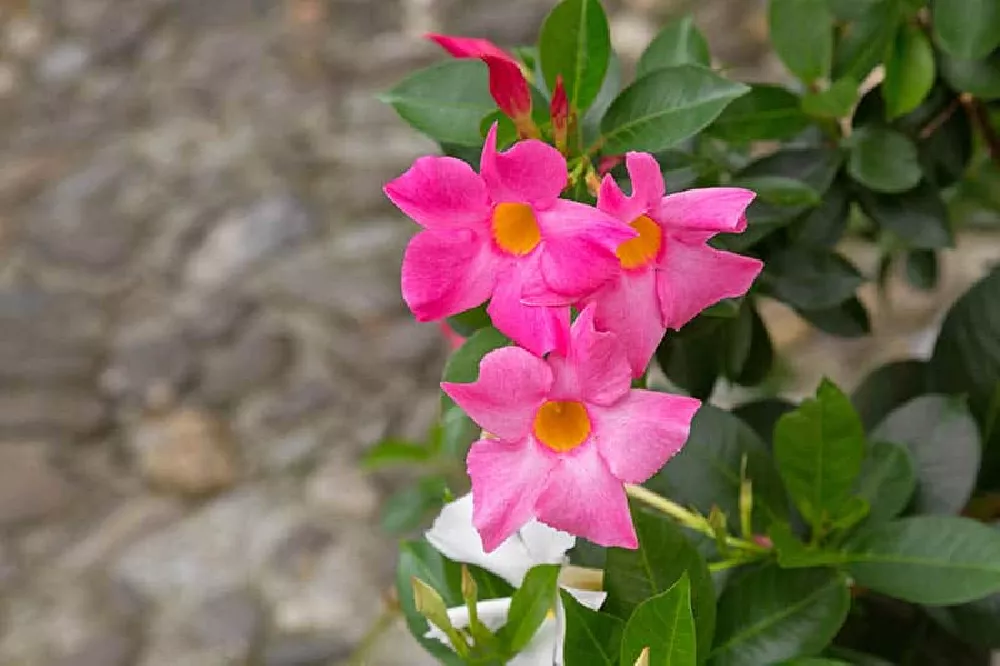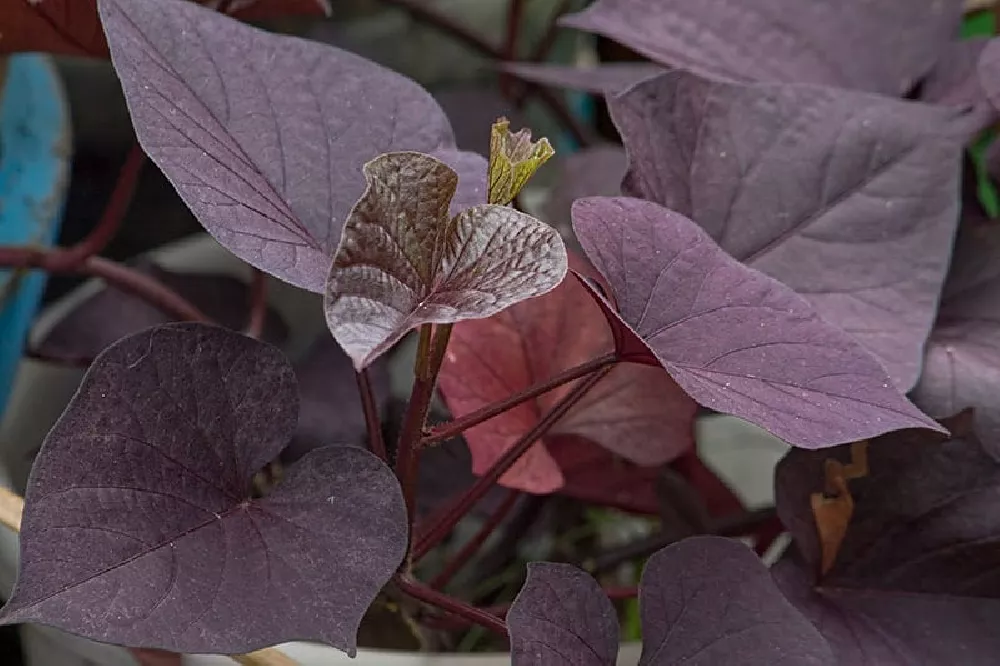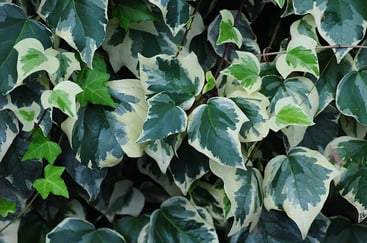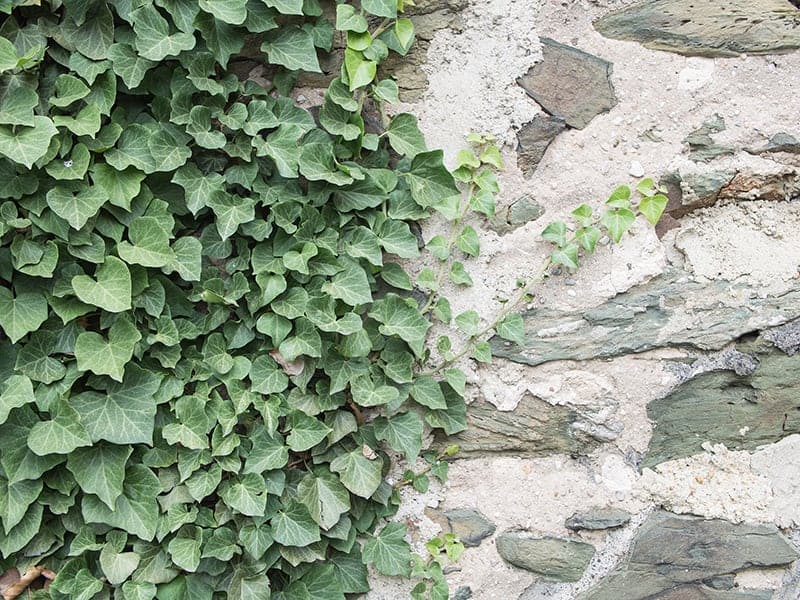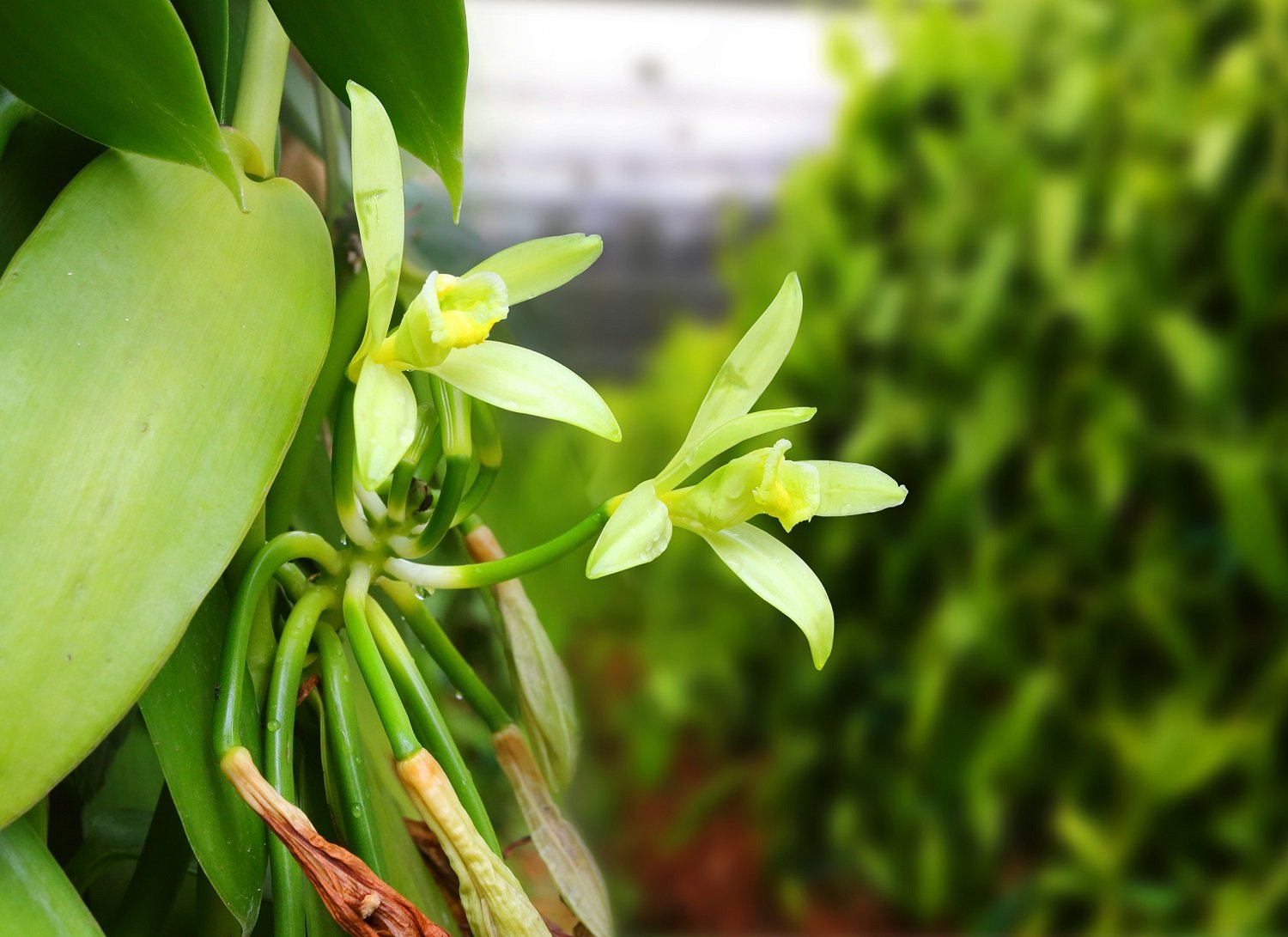- Home >
- Shrubs and Bushes >
- Trellis Plants
Trellis Plants for Sale - Buying & Growing Guide
Filters
Price Range
Growing Zones
Flower Color
Sunlight
Mature Height
Plant Characteristics
5 Results
Trellis Plants – Buying & Growing Guide
At times, a plant's growth habit alone is enough to add interest to your garden. Such is the case for trellis plants and climbing vines. These plants send forth long winding stems that gracefully intertwine themselves with lattice, arbors, and other garden structures. What makes these plants even more intriguing is that many of the best varieties also hold bold flowers and foliage.
Types of Trellis Plants and Climbing Vines
| Type | Growing Zones | Mature Height | Sun | Features |
| Clematis, Clematis | 4-9 | 6-12 feet | Full sun: 6-8 hours | Many flowers with deep hues and large petals |
| Morning glory, Ipomoea purpurea | 3-10 | 3-8 feet | Full sun: 6-8 hours | Light, manageable vine with pleasant, rounded flowers |
| Honeysuckle, Lonicera sempervirens | 4-9 | 6-15 feet | Full sun: 6-8 hours | Grows to cover a large area, trumpet-shaped flower |
| Black-eyed Susan vine, Thunbergia alata | 3-9 | 6-8 feet | Full sun: 6-8 hours | Leaves and flowers bear resemblance to popular black-eyed Susan perennial |
| English ivy, Hedera helix | 4-9 | 40-60 feet | Shade to part shade: 2-4 hours | Trident-shaped leaves, often with variegation |
| Climbing hydrangea, Hydrangea petiolaris | 4-8 | 30-80 feet | Full sun to part shade: 4-6 hours | Large clusters of small white flowers |
| Climbing rose, Rosa setigera | 5-9 | 5-20 feet | Full sun: 6-8 hours | Iconic rose flowers with a climbing habit |
| Bougainvillea, Bougainvillea | 9-11 | 20-30 feet | Full sun: 6-8 hours | Copious amounts of vibrant flowers |
| Wisteria, Wisteria sinensis | 4-9 | 20-40 feet | Full sun: 6-8 hours | Fast-growing with drooping purple flowers |
How to Plant and Grow Climbing Vines
Planting a climbing vine is a lot like planting any type of woody plant. What you will need at a minimum is nutrient-rich soil and a planting hole with correct dimensions. Recall that a planting hole should be about twice the width of the root ball and equal in depth to the root ball’s height. Your soil should have good drainage, organic matter, and any other unique qualities that the species you are planting calls for.
Following those guidelines is enough to set your vine on the right track. However, if you wish to experience the full effect of a beautiful climbing plant, you will need an additional element. Without a solid structure nearby, a trellis plant has no opportunity to climb and develop into its most attractive form. Make sure that you have some sort of garden structure such as a trellis or pergola nearby that your vine can use for support.
Early on, you may need to encourage your vines to climb. One of the best ways to do this is to use small wires or string to loosely tie your vine to the structure you want it to climb. That initial assistance will train your vine to grow where you want it to. During your ongoing care, make sure that you prune out any parts of your vine that are dead or becoming excessively entangled.
